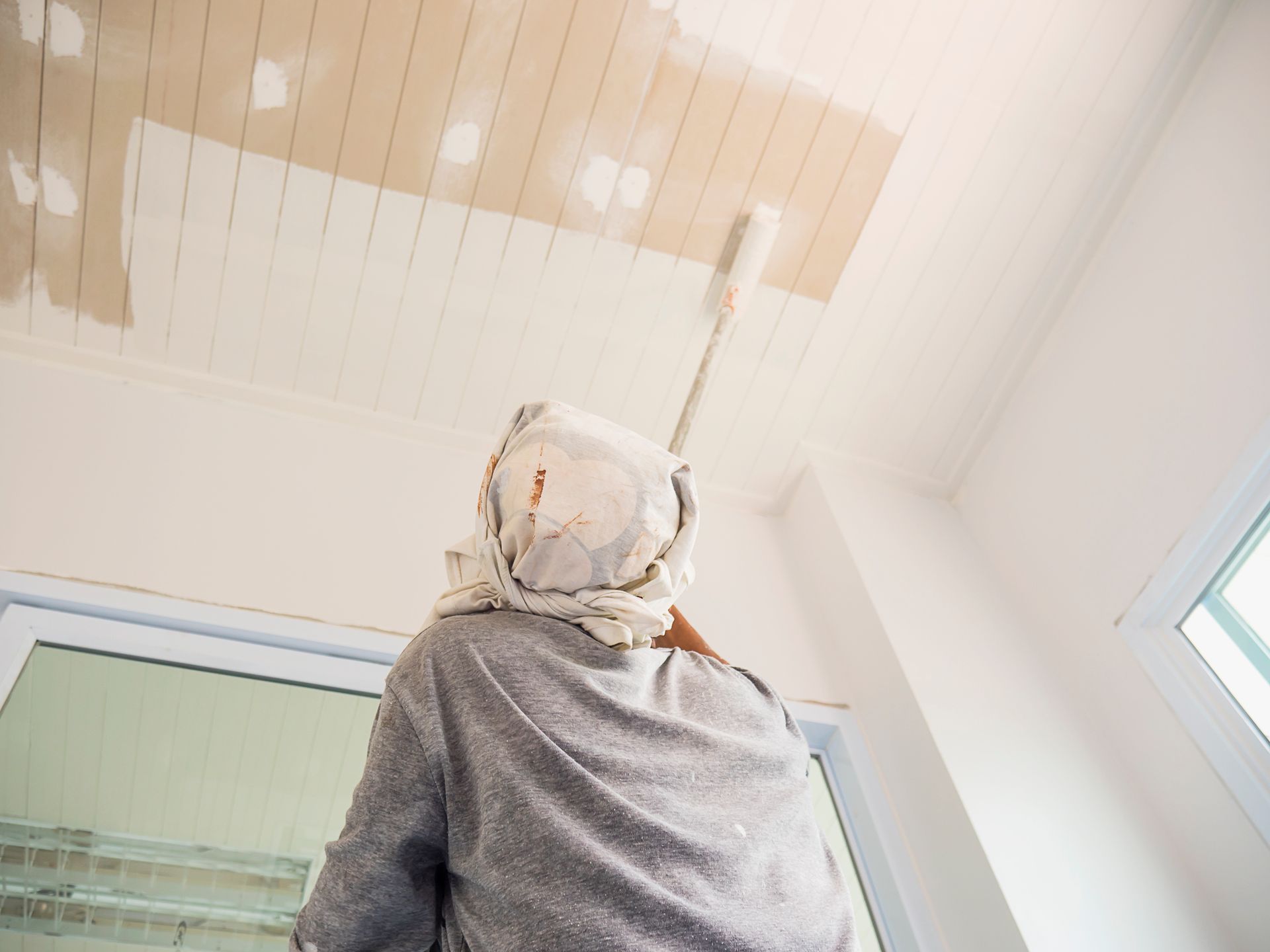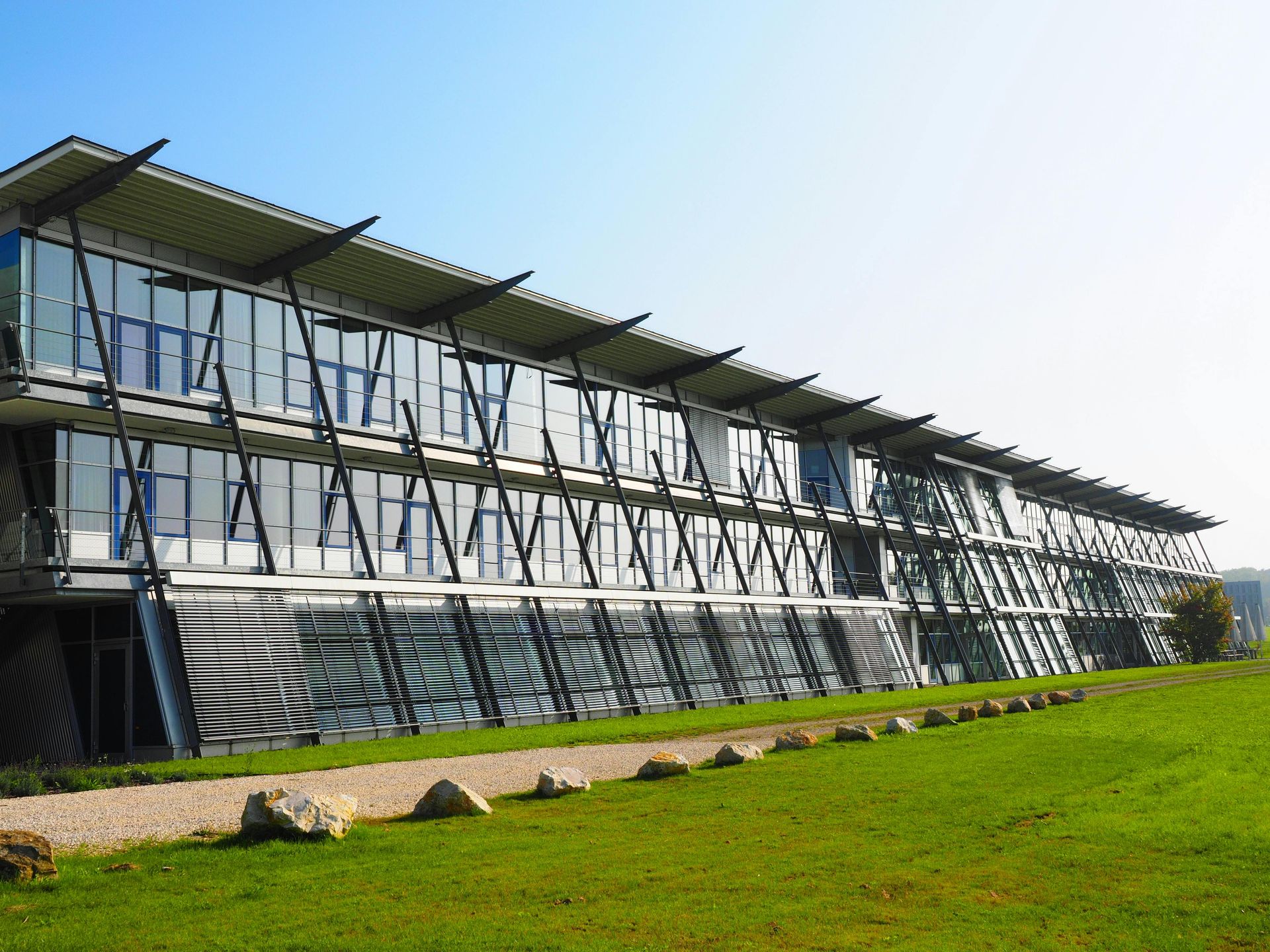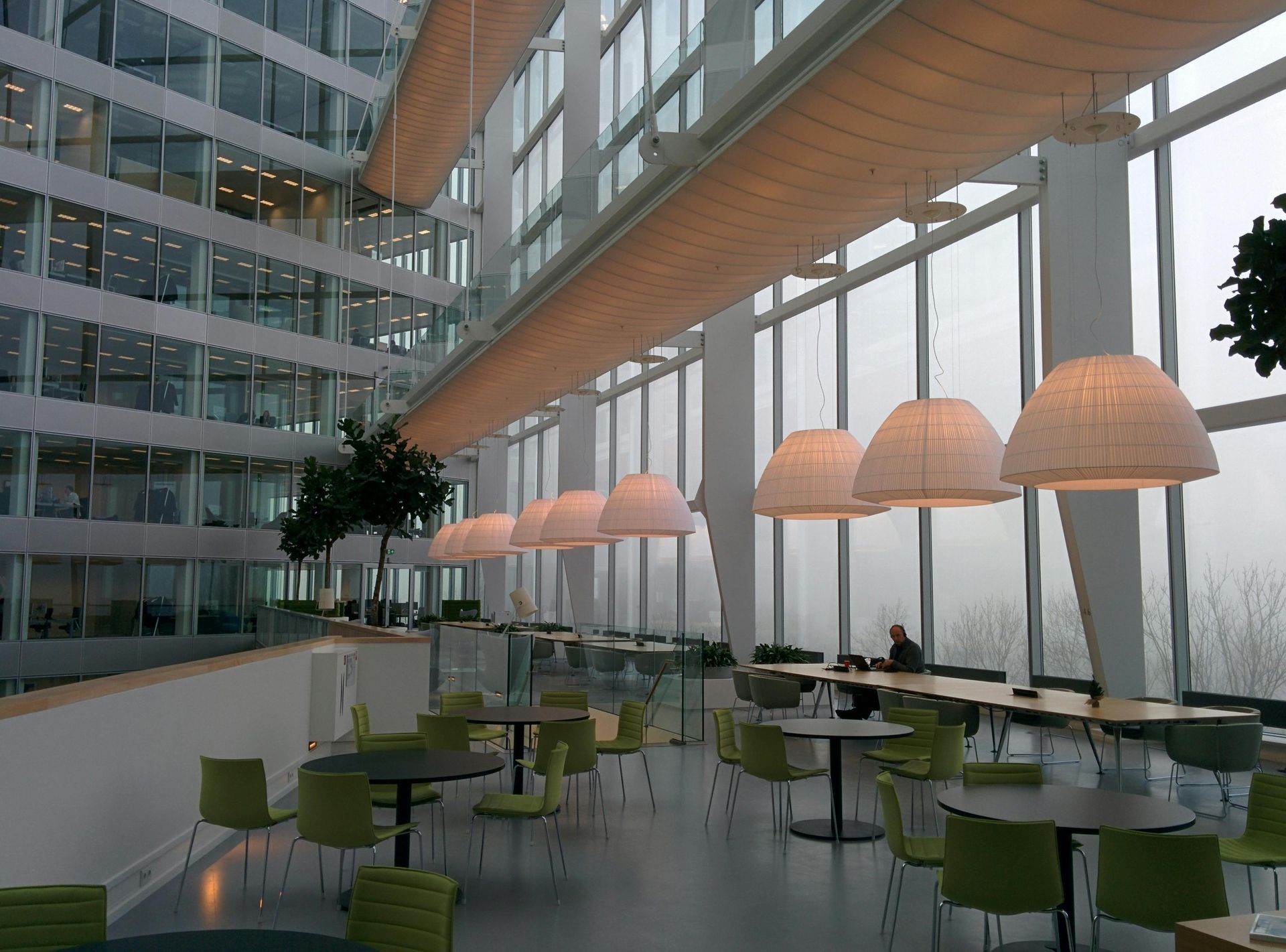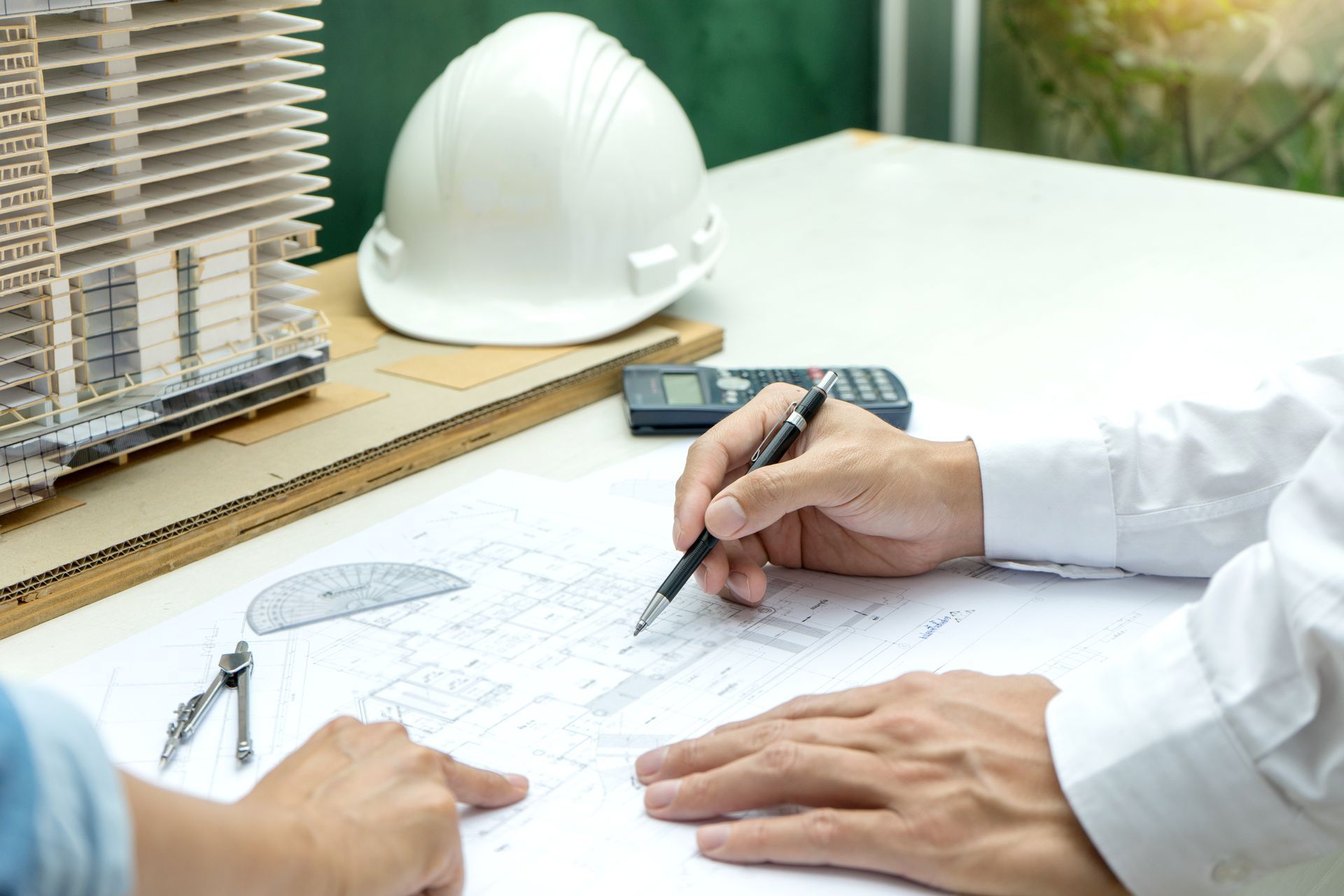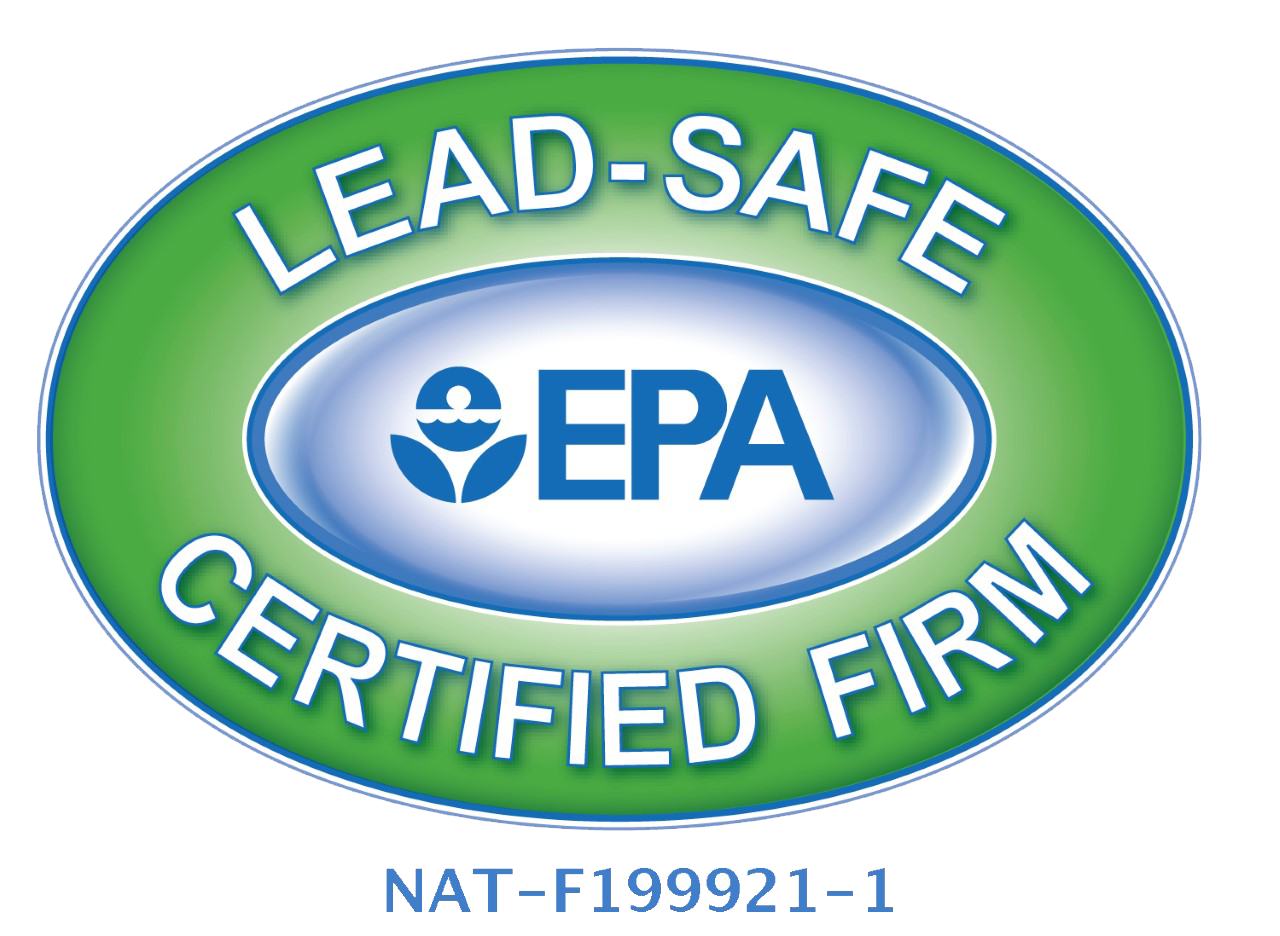United Renovations Group, LLC
What to Expect During the Commercial Building Construction Process
Embarking on a commercial building construction project is both exciting and overwhelming. Whether you're constructing a new office space, retail store, or industrial facility, the process involves multiple stages that require careful planning and execution. Understanding what to expect can help you navigate the journey with confidence. Let’s break down the commercial construction process step by step so you can be well-prepared for what’s ahead.
1. The Planning and Design Phase: Laying the Groundwork for Success
Before a single brick is laid or steel beam is installed, thorough planning is essential. This phase involves conceptualizing your project, setting a budget, and hiring the right professionals to bring your vision to life.
- Project Scope & Goals – Clearly defining what your building will be used for helps architects and engineers design a structure that meets your needs.
- Hiring a Commercial Construction Team – A reputable construction company, like United Renovations Group, LLC, will oversee everything from design to execution.
- Permitting & Zoning Requirements – Navigating local regulations can be complex, but a skilled team ensures all permits and zoning requirements are met.
- Blueprints & Design Plans – Architects create detailed drawings that outline the project’s structure, materials, and overall aesthetic.
This phase requires patience, but investing time in a solid plan ensures a smoother construction process down the line.
2. Site Preparation and Foundation: Setting the Stage
Once the planning phase is complete, it's time to prepare the construction site. This involves clearing land, leveling the ground, and laying the foundation.
- Land Clearing & Excavation – Trees, rocks, and old structures must be removed to make way for new construction.
- Soil Testing & Grading – Ensuring the ground is stable is crucial for structural integrity.
- Foundation Laying – Depending on the project, foundations can be slab, pier, or basement-style.
- Utility Installation – Water, electricity, and gas lines are laid in preparation for the building process.
Think of the foundation as the backbone of your commercial construction project—it needs to be rock solid to support everything above it!
3. Structural Framing and Building Shell: Watching It Take Shape
This is where your commercial building construction project truly comes to life. The framing and exterior shell provide the skeletal structure of your building.
- Steel or Wood Framing – The choice depends on factors like building size, budget, and intended use.
- Roofing Installation – A strong roof protects your investment from the elements.
- Exterior Walls & Windows – Brick, stucco, glass, or metal panels form the outer walls.
- Weatherproofing – Ensuring the building is sealed properly helps prevent leaks and damage.
Seeing your project take shape is one of the most exciting parts of construction—just be prepared for plenty of scaffolding and cranes!
4. Interior Work: Bringing the Space to Life
With the structure in place, the focus shifts to the interior. This phase includes installing electrical, plumbing, and HVAC systems, as well as finishing walls, ceilings, and floors.
- Electrical & Plumbing Systems – Wiring, lighting, and plumbing fixtures are installed.
- HVAC Installation – Heating, ventilation, and air conditioning systems are put in place for climate control.
- Drywall & Flooring – Walls are painted, and floors are covered with tile, wood, or carpeting.
- Interior Painting & Fixtures – Final touches like doors, cabinets, and trim work bring personality to the space.
This phase is where the space starts feeling like a functional building rather than a construction zone!
5. Final Inspections and Project Handover: Crossing the Finish Line
Before opening your doors for business, several important steps ensure your building is up to code and ready for occupancy.
- City and Safety Inspections – Local authorities conduct final inspections to confirm compliance with building codes.
- Punch List Completion – Small details like paint touch-ups or hardware installation are finalized.
- Certificate of Occupancy – Once all requirements are met, this official document grants permission to use the building.
- Final Walkthrough – A last review ensures the project meets your expectations before the official handover.
By this stage, you’re probably eager to move in, and rightfully so! With everything in place, it’s time to celebrate your new commercial space.
Partner with United Renovations Group, LLC for Expert Commercial Construction Services in Cleveland, OH!
At United Renovations Group, LLC, we understand that commercial building construction is a major investment. That’s why we’re committed to providing high-quality, efficient, and reliable services to bring your vision to life. Our team of experts manages every step of the process, ensuring your project is completed on time and within budget.
In addition to commercial construction, we also offer
interior and
exterior painting services,
kitchen remodeling,
bathroom remodeling, and more. Call us today at
(440) 344-8646 to discuss your project and let us help you build something great in Cleveland, OH, and the surrounding areas!
FAQs
How long does a commercial construction project take?
The timeline varies based on project size and complexity but typically ranges from a few months to over a year.
What factors affect the cost of commercial building construction?
Material costs, labor, permits, design complexity, and unexpected delays all impact the total cost.
Do I need a permit for my commercial construction project?
Yes, all commercial construction projects require permits. A professional contractor will handle the permitting process for you.
What materials are commonly used in commercial construction?
Steel, concrete, glass, and wood are commonly used, depending on the project’s design and structural requirements.
Can I make changes during the construction process?
Yes, but changes may increase costs and extend the timeline. It’s best to finalize plans before construction begins.



